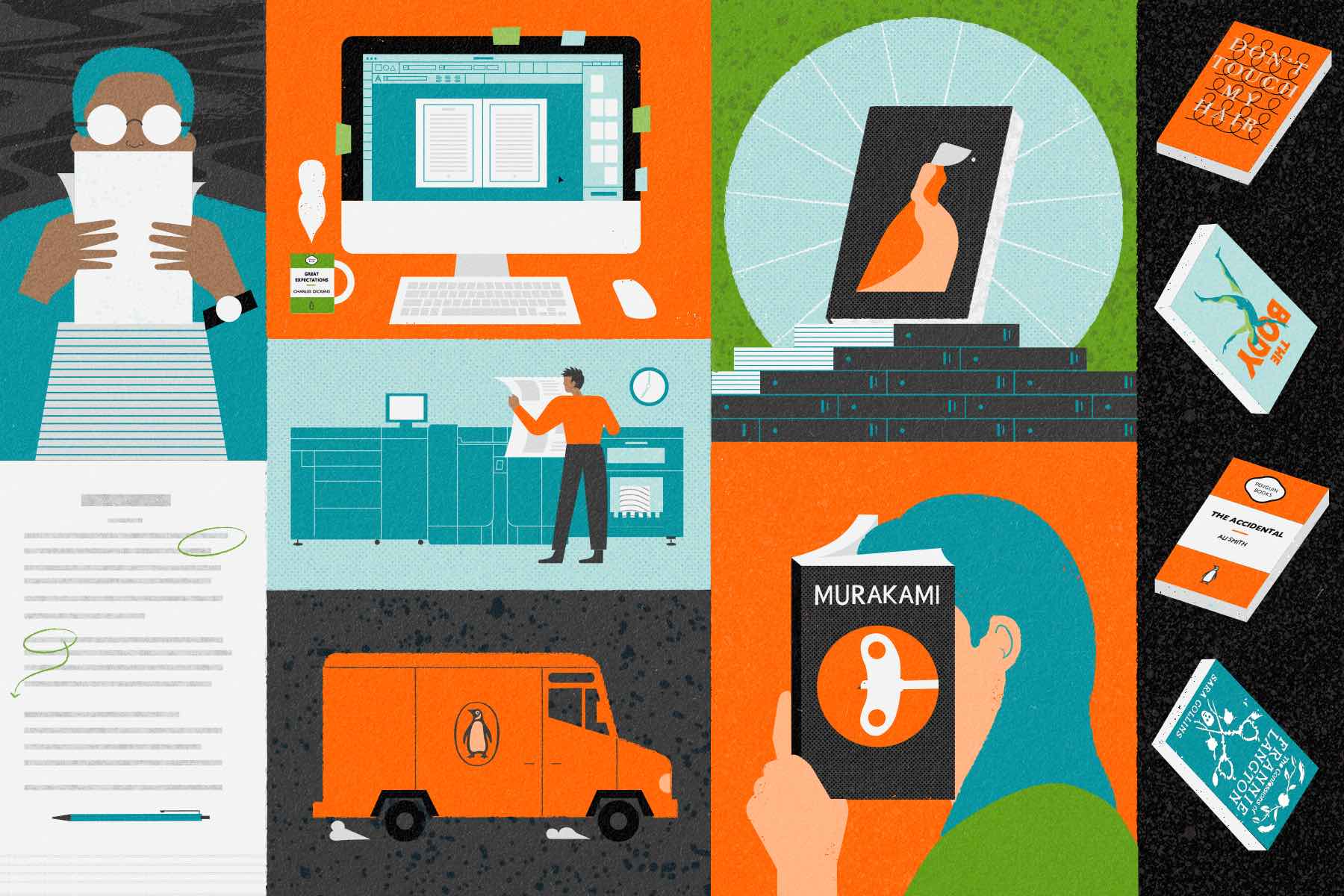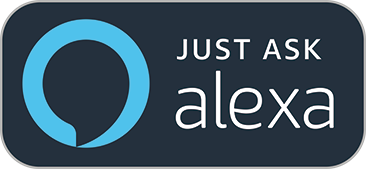Essere Editore
€ 487.60 Functionality to manage subscriptions, mailing lists and shipments
The difference between a successful publisher and a simple content broadcaster is having subscribers.
Being a publisher means being responsible for publishing and distributing content, such as books, magazines, newspapers, or other types of printed or digital material. Publishers play a crucial role in the publishing industry, connecting authors to audiences and managing the process of producing and marketing their work.
An editor's responsibilities may include:
1. Acquisition of content: Publishers seek and select works for publication, negotiating contracts with authors or rights holders.
2. Review and Editing: Publishers work with authors to review and improve their work, making sure it is consistent, accurate, and well written.
3. Production: Publishers oversee the book or magazine production process, which may include graphic design, formatting, printing, proofreading, and digital file preparation.
4. Marketing and Promotion: Publishers develop strategies to promote and market the titles they publish. This can include tasks such as creating eye-catching covers, managing media relations, planning launch events and online promotion.
5. Distribution: Publishers deal with the distribution of books or magazines through channels such as bookstores, online stores and digital platforms. They can also handle inventory and logistics associated with physical distribution.
6. Copyright Management: Publishers ensure they obtain publishing rights and manage licensing agreements with authors or rights holders. They can also negotiate deals for translations, film adaptations or other forms of exploitation of the content.
Publishers can operate in different areas of publishing, such as academic publishing, commercial publishing, children's publishing, digital publishing or specialty publishing. The exact nature of an editor's job can vary by company, industry, and publication type.


